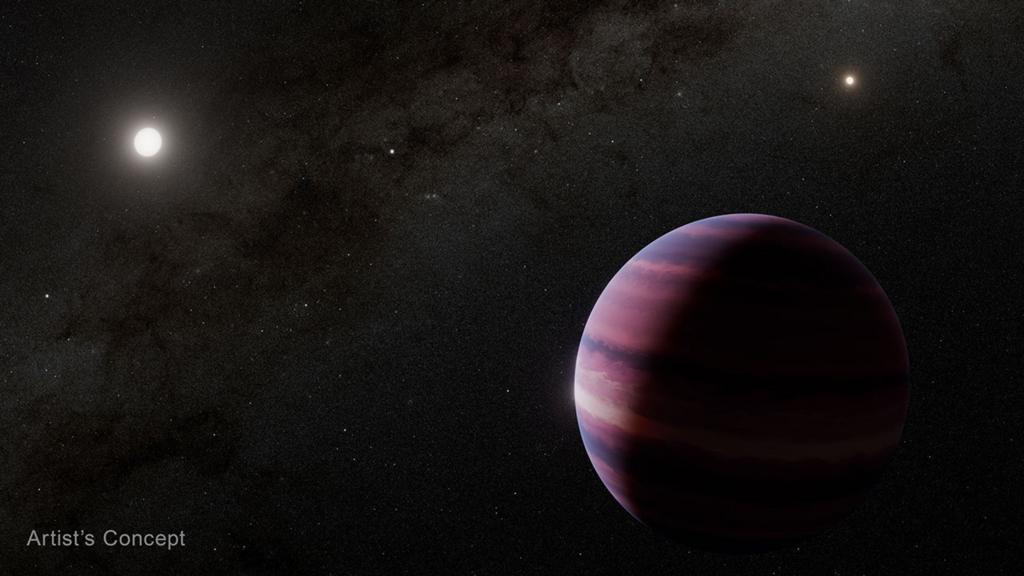Scientists have reported compelling evidence suggesting the presence of a giant gas planet within the Alpha Centauri star system, the closest to our own.
Located approximately four and a half light-years from Earth, this potentially uninhabitable planet represents a close celestial neighbor and may harbor moons capable of sustaining life.
Initial indications were identified within the Alpha Centauri system through observations made by the advanced James Webb Space Telescope.
While the prospective planet was initially detected last year, subsequent observations failed to confirm its existence. Astronomers are now focusing on renewed efforts to definitively verify its presence.
The discovery is of particular interest to researchers due to the similarities between the exoplanet’s host star and our Sun.
“While four light-years is a considerable distance, it remains relatively close within the context of galactic scales – essentially within our neighborhood,” stated Dr. Carly Howett, Associate Professor of Space Instrumentation at the University of Oxford.
She added, “The planet orbits a star with characteristics akin to our Sun, exhibiting comparable temperature and brightness. This factor holds significant implications for evaluating the potential habitability of worlds within that system.”
The hypothetical planet is expected to resemble gas giants like Saturn and Jupiter in our solar system, characterized by a dense gaseous atmosphere.
Although the planet itself is unlikely to support life, the possibility of habitable moons orbiting it remains a subject of investigation.
Moons with icy surfaces, similar to those found around Jupiter and other planets in our solar system, are considered potential candidates for harboring life.
Ongoing missions, such as Europa Clipper and Juice, are currently dedicated to exploring this possibility.
Unlike the remote locations of these moons in our solar system, the potential “new” planet is situated relatively close to its star.
The preliminary evidence was obtained through direct imaging by the James Webb Space Telescope, offering the closest approximation to capturing actual photographs of distant celestial objects.
“Obtaining these observations presents immense challenges, even with the most powerful space telescope available, due to the extreme brightness and proximity of the stars, coupled with their rapid movement across the sky,” explained Charles Beichman of Nasa’s Jet Propulsion Laboratory, co-first author of the recent discoveries.
The intense luminosity emitted by these stars can overwhelm and obscure nearby objects.
This phenomenon may explain why the planet was initially detected in August 2024 but subsequently appeared to vanish during follow-up observations.
“The planet may have been positioned behind the star or located too close to be discernible. Serendipity plays a significant role,” Dr. Howett suggested.
Astronomers are now committed to gathering further evidence of the planet’s existence. They are hopeful that the forthcoming Nasa telescope, the Grace Roman Space Telescope, scheduled to commence operations in 2027, will contribute to this endeavor.
Moreover, future observations by the James Webb Space Telescope, utilizing spectral imaging techniques, are expected to provide insights into the planet’s composition.
This will facilitate the creation of a more detailed depiction of the planet and an assessment of the potential habitability of any moons that may orbit it.
A former Oceangate employee says he told US authorities about safety concerns with the sub before it imploded.
The reactor would provide power for humans on the Moon but there are questions about feasibility.
The CAA licence allows Skyrora to launch its rocket from the SaxaVord Spaceport in Shetland.
The four-person crew, who launched a day late due to weather, will relieve members of the previous SpaceX mission onboard the station.
The woman, aged about 50, was buried in a Siberian ice cave and discovered millennia later.

